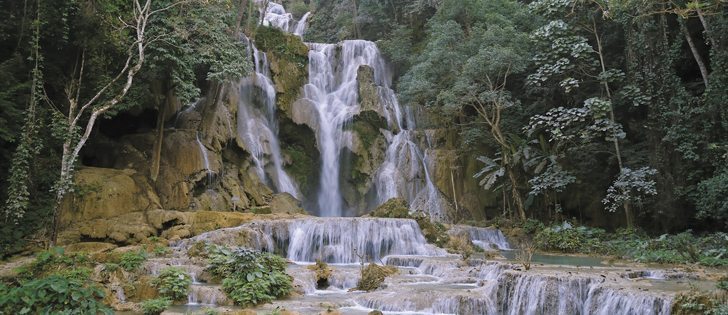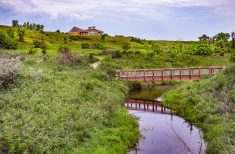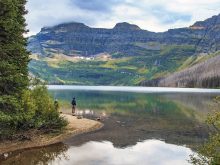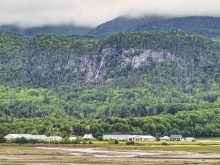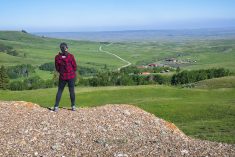We silently rose above the rice fields just before dawn, the only sound an occasional blast from burners on the hot air balloon.
Our pilot made fine adjustments to the heat until our almost vertical ascent caught the high gentle breeze that took us slowly along the Nam Song River Valley.
We looked down over the small town of Vang Vieng and the narrow strip of river flats, flanked by hills to the east and a backdrop of slender vertical karst mountains to the west.
Read Also

Rural Manitoba resources slim on natural disaster planning
A study from Brandon University’s Rural Development Institute has found that many rural and small municipalities don’t have the staff or resources to make formal climate plans against natural disaster.
As the rising sun peeked over the horizon and washed a warm glow over the morning mist and pinnacle formations, it felt like we were drifting through a classic oriental painting.
It was one of many memorable moments from our travels through Laos, the only land-locked country in Southeast Asia.
Considered off-the-beaten-track not long ago, Laos is now receiving a lot more travellers because of its outstanding tropical scenery, a rich history, fascinating culture and friendly people.
Like most of Southeast Asia, money goes a long way here. However, the most noticeable difference is the lack of crowds, with Laos having one of the lowest population densities in Asia.
Vientiane, the capital and largest city, has fewer people than Sask-atoon and is a world away from the heavily congested capitals of its neighbours such as Thailand and Vietnam.
Travel guides often describe Laos as laid back, and we certainly did get that impression. Few people seem to be in a hurry. Even when we walked through markets geared to tourists, there was never any aggressive hard sell.
However, this relaxed attitude has its disadvantages when it comes to getting things done.
Roads are in terrible shape practically everywhere, and public transport is frustratingly inefficient.
Fortunately, businesses dealing with tourists, such as hotels, guest houses and local tour operators, seem well run for the most part.
Laos’s most popular destination is Luang Prabang, the ancient royal capital and religious centre at the confluence of the Khan and Me-kong rivers.
The entire town centre is a UNESCO World Heritage Site because of the staggering array of golden stupas, resplendent Buddhist temples with intricate artwork, along with 19th century architecture from the French colonial era.
More than museum, these ornate buildings are working temples in this devoutly Buddhist country, where hundreds of saffron-robed monks go about their business.
The colonial streets and river’s edge are lined with trees, flowering plants and inviting cafes serving excellent locally grown coffee.
About four hours north, the small town of Nong Kiaow is nestled in a picture-postcard valley on the Nam Ou River. The few tourists that wander this far are usually here to explore the countryside.
One day we took a guided excursion upriver by boat to remote villages, where we hiked along rice paddies and through forested hills to a waterfall, eventually returning downriver by kayak. It was a fascinating glimpse of rural life amid spectacular scenery.
However, what we remember most are the displays of old bombs in front of houses and restaurants.
Laos has the dubious distinction of being the most bombed country per capita in the world.
The United States dropped two million tons of explosives on Laos during the height of the Vietnam War. Close to a third of the explosives, especially smaller cluster bombs, didn’t explode, and continue to be a threat.
Every so often, a farmer tilling a field uncovers one with tragic consequences.
No matter how peaceful life seems in Laos today, we never go far without finding reminders of its tragic past.


